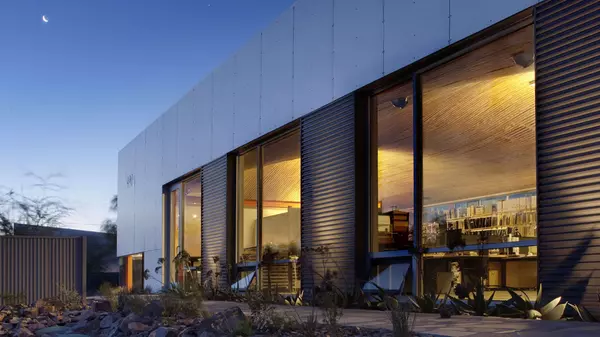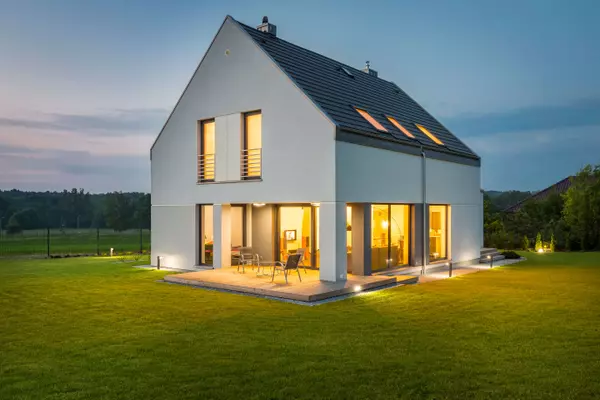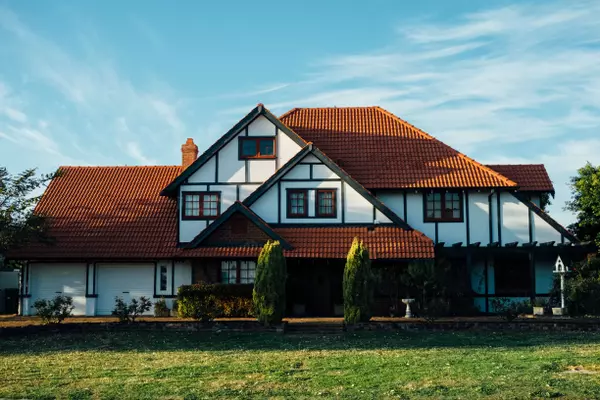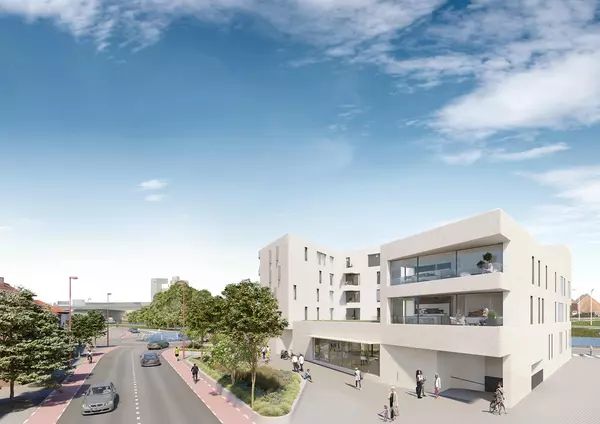Toronto gets a new island, and the responsibility to get it right


It is a sunny day in September, 2033. You are standing on Toronto’s Villiers Island – created when the mouth of the Don River was naturalized almost a decade ago – and wondering what to do with your day. Pop into a retail store in one of the heritage buildings? Maybe grab a coffee in the old Toronto Hydro-Electric System building (1928), or wander through the artist’s studios/marketplace in the old Essroc silos (first silos built in 1920)? A walk along the two-sided Keating Channel promenade? Or get the dog and explore the naturalized river valley? Regardless of what you choose, you’ll be thankful for the multiple ways these 39 hectares of parks and wetlands allow you to engage with the Don River and Lake Ontario.
It is a sunny day in September, 1983. You are one of 600 architects, planners and preservationists who’ve just attended Heritage Canada’s 10th-anniversary convention at the Royal York Hotel. You’ve decided to walk 15 minutes south to the “street that is in trouble” – that’s what guest speaker, New York-based architect Craig Whitaker billed Queen’s Quay West – to view the “anonymous façades” of the towering 1970s Harbour Square condominiums and the questionable public park between them. Mr. Whitaker said that the park is “not perceived as public. It is not the best expression of a great city sitting on a great lake.” Once down there, you’ll agree: not only is it inhospitable around there, a walk in either direction and one is confronted with industrial tank farms or wide expressways and dirty railway lands.
Categories
Recent Posts





"My job is to find and attract mastery-based agents to the office, protect the culture, and make sure everyone is happy! "
